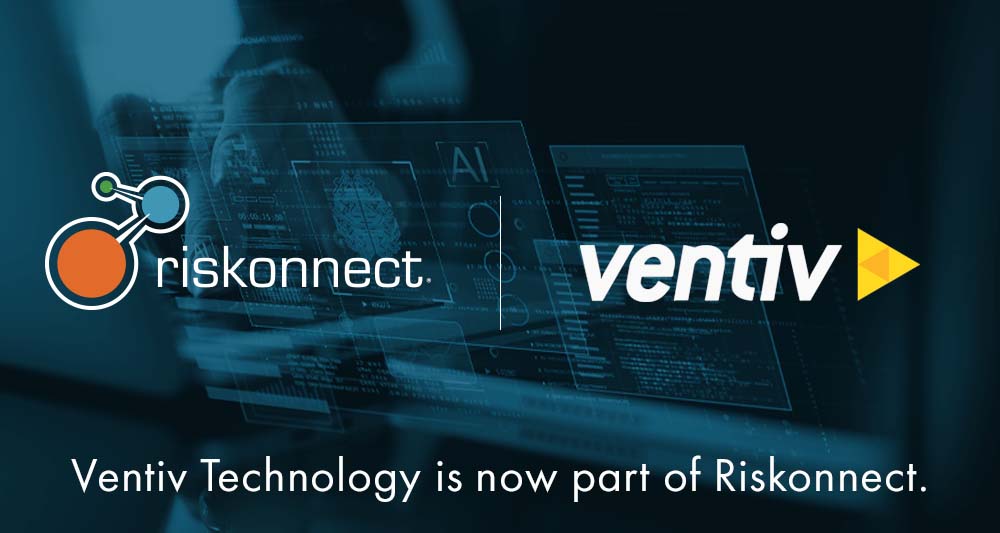When’s the last time your chief security officer asked you what is an acceptable level of cyber risk? What about your chief procurement officer checking in on your vendor risk exposure?
If these questions are part of your regular dialogue, then congratulations! You are part of a developing trend of organizations taking a more integrated approach to risk management. And more risk managers than ever are joining larger discussions about the role of risk in the organization’s overall strategy.
Moving from tactical to strategic risk management requires a new level of insight into all risks – insurable and noninsurable, strategic and operational. Basically, anything that could harm the organization has to be anticipated, assessed, addressed, and acted upon in a coordinated way. Getting that unobstructed view can be an uphill battle, however, if you have separate systems for compliance, internal audit, claims, safety, enterprise risk, third parties, and more. Adding it all up takes an integrated solution.
Integrated risk management technology brings all risk-related data into one place for a comprehensive, end-to-end view of risk across the organization. You can understand what you’re facing, how everything interrelates, and the cumulative impact on the organization. If your existing technology doesn’t show you those relationships so you can engage in strategic conversations around risk, it could be time for an upgrade. Here are four ways technology can accelerate your journey to IRM:
 Gain one view of risk exposure.
Gain one view of risk exposure.
IRM technology consolidates risk and insurance data from across the entire enterprise, so you can understand the full impact and influence of impending risk. It identifies relevant information, connects it with other internal and external data sets, and automatically normalizes it. You can then make informed, data-driven decisions about risk and take action in ways that align with broader goals of the organization.
 Correlate risk relationships across the enterprise.
Correlate risk relationships across the enterprise.
IRM technology helps you understand all the ways a risk could impact the organization so you can reduce uncertainty. You can correlate how policies in one department, such as supplier code of conduct, impact risks in another department, such as cybersecurity. You can say to senior leaders: “If we had a risk event – like a cybersecurity breach – here’s how the organization would be impacted.” That’s the very definition of delivering strategic value.
 Create a risk aware culture – free of siloes.
Create a risk aware culture – free of siloes.
To be truly effective, the technology platform needs to be able to handle all of the unique requirements of each function, while simultaneously granting each discipline real-time access to complete and consistent data. For example, there may be several departments – legal, finance, procurement – involved in negotiating a new vendor contract and all need access to the same data for a coordinated response. IRM technology can help you build stronger alliances between departments – and achieve synergies that will reduce risk, lower costs, and improve results across the board.
 Convert data into action.
Convert data into action.
The right technology makes your risk data come alive. IRM technology surfaces risk data from wherever it’s hiding in your organization. And it connects that information with other relevant internal and external data for a single source of truth to analyze, share, and collaborate around. Powerful analytics combined with customizable dashboards keep your finger on the pulse of key metrics. You can problem solve across departments and make smarter, more informed decisions that account for the full spectrum of risk.
Technology is what makes integrated risk management possible. You have the unobstructed view you need to think and act more strategically. So when the chief security officer asks for a cyber risk update, you’ll be ready with an informed answer.
Does your current technology have what it takes to manage risk at a strategic level? Learn more about IRM and how technology can help in our e-book, Conquering the New World of Risk with Integrated Risk Management.









